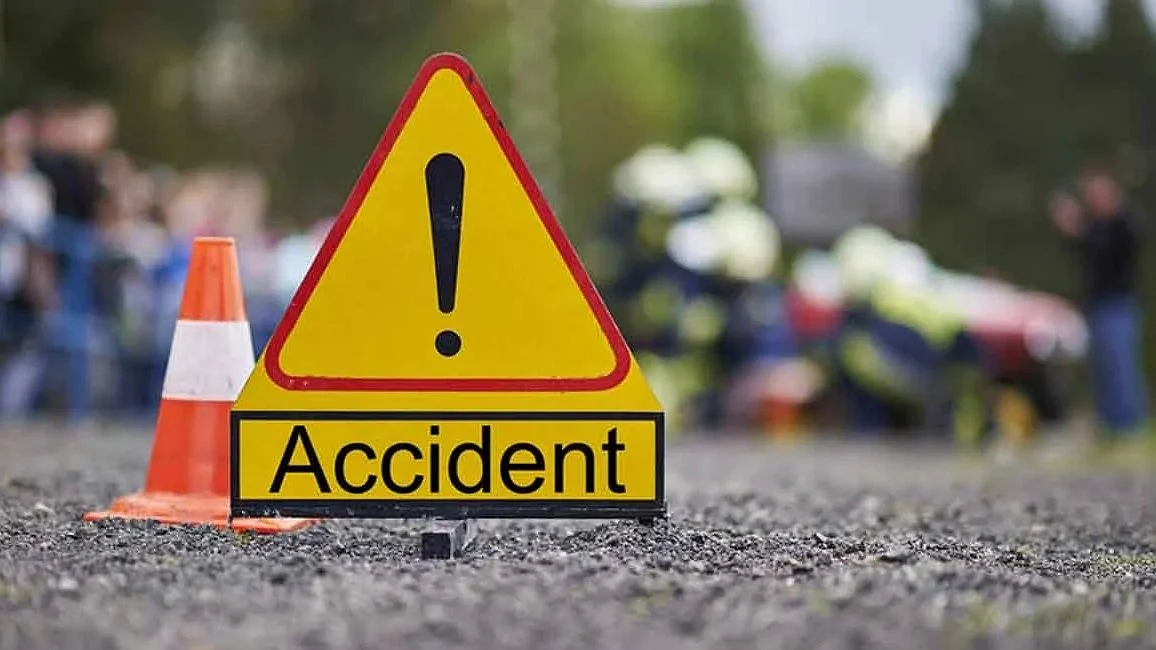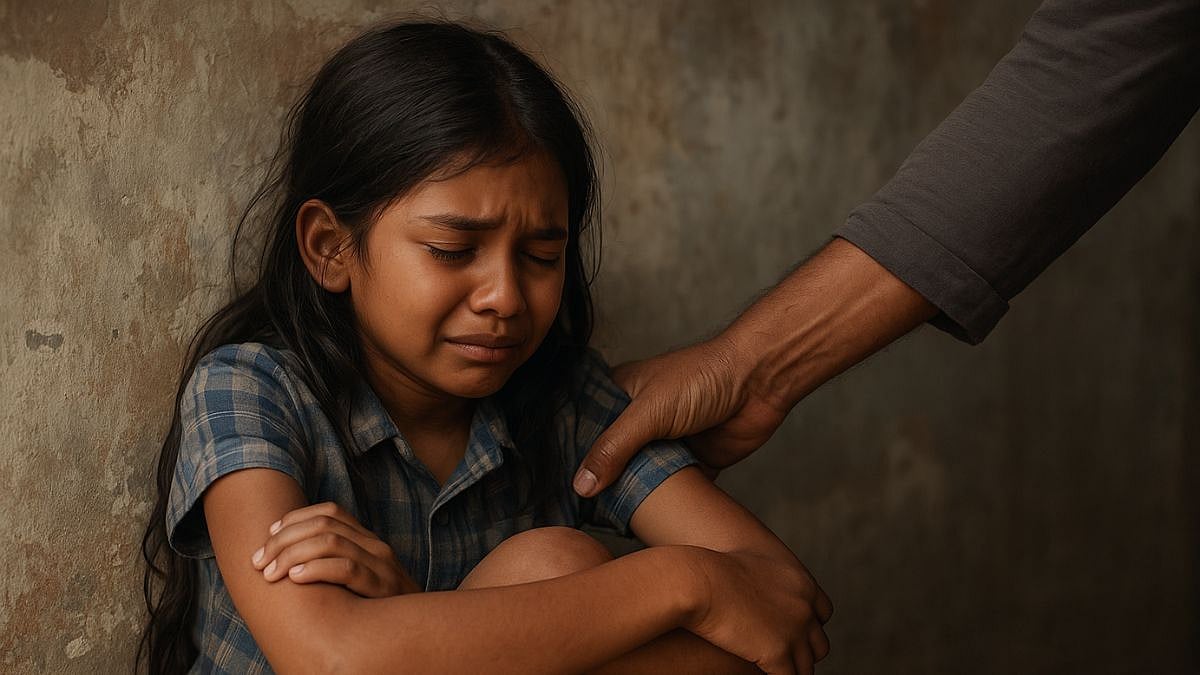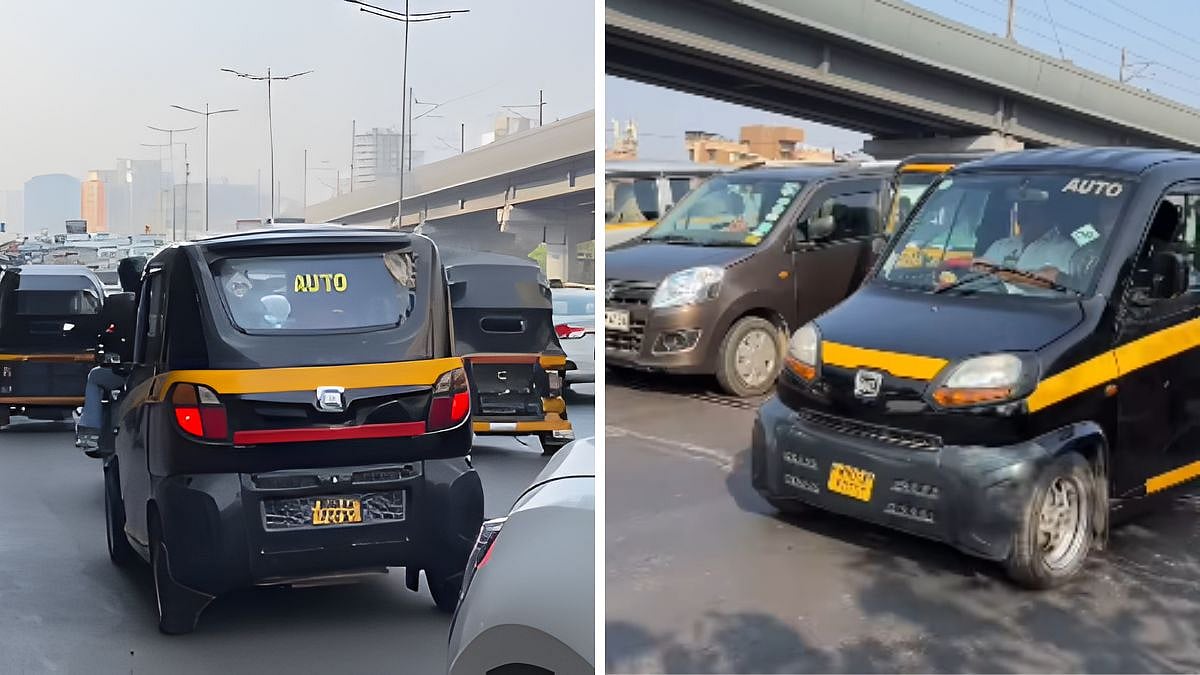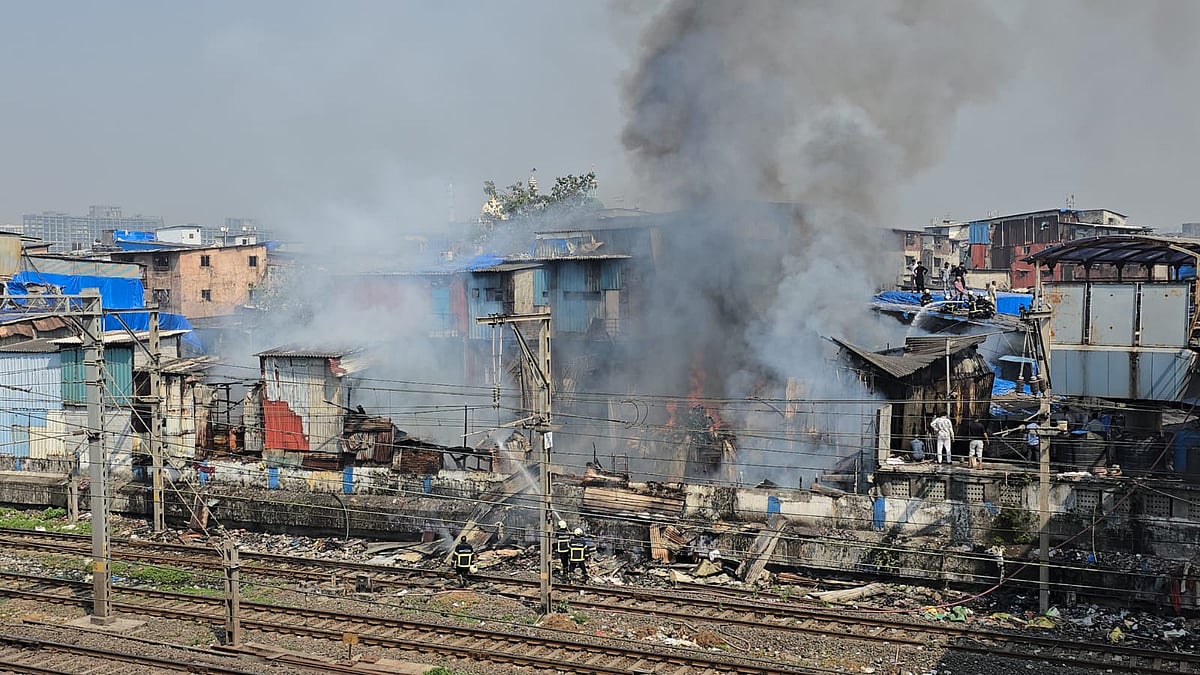Mumbai: In a significant order, a Bombay High Court bench of Justices Shahrukh Kathawalla and Milind Jadhav on Thursday ordered the Maharashtra government to come up with a state-wide policy to compensate communities, whose customary rights of occupation and livelihood are affected by infrastructure projects. The bench, while allowing the construction of the six-lane Thane Creek Bridge III (TCB), connecting Mumbai and Navi Mumbai, has appointed a compensation committee that will study the social impact of the project on the fisherfolk of the area and accordingly fix the compensation to be granted to the community, as their customary right to fish for a living is being affected by the project.
The bench has issued detailed guidelines on how these compensation committees must be appointed and how these committees will study the social impact and arrive at a just amount to be given to people or communities whose occupation is being affected by any development project in the state.
The judges were hearing a petition filed by Mariyayi Macchimaar Sahkari Sanstha Maryadit (MMSSM), challenging the TCB III work and also seeking compensation, as the project would affect their livelihood.
In order to prove that a party’s customary right or occupation was being affected by a project, the bench said such a party would have to show that the usage of the site where the project was proposed, was for a substantial period of time; the usage was regular and continuous; the usage was certain and not varied; and the usage was reasonable.
After this exercise, the bench said, if the state concluded that the affected persons indeed had a customary right to practise a livelihood that was being impacted by the project, then the state government or the agency implementing the Public Project should make provisions in the cost of the public project to compensate these persons.
To substantiate their claim that their customary right to fish in the Thane Creek was affected by the proposed TCB III bridge, the MMSSM produced the Ethnographic Survey, titled ‘The Tribes and Castes of Bombay’ to show they have been carrying out fishing at Thane Creek for more than 100 years. It even cited dozens of other documents to prove their claim of having a customary right to fish at Thane Creek.
Having gone through the documents on record, the bench held, “The Project-Affected Fishermen (PAF) have inhabited Thane creek and practised fishing as their main source of livelihood for at least the last 100 years, likely more. This qualifies as an activity being practised since time immemorial. Their use of the creek has uniformly been for the purpose of fishing, thereby making the usage certain and not varied.”
“Finally, their use for the purposes of fishing has been for their own livelihood, and not on some industrial scale, which makes the exploitation of their right unreasonable. The documents, therefore, establish with sufficient clarity that the PAF have a customary right to fish for a living in Thane creek,” the judges held.
The bench further noted that the “livelihood of fishermen is dependent on a healthy environment and balanced ecology.”
To further conclude that the TCB III bridge would affect the fisherfolk adversely, the bench said, “Destruction of mangroves for TCB III will disturb the ecological balance in Thane Creek. The vital role that mangroves play in maintaining ecological balance and sustaining biodiversity is well-documented. The destruction of mangroves often results, inter alia, in loss of biodiversity, and reduced fish catch, which in turn would impact livelihood of the PAF.”
The bench, however, didn’t proceed to ascertain the ‘extent of impact’ the project would have on this community. “Since we hold that the Project Affected Persons’ customary rights are being impacted, we also hold that they are entitled to be compensated for their loss,” the bench held.
Statewide policy
The bench further noted that as of today, no state-wide compensation policy exists, which provides guidance on how to constitute a committee to look into fine print of a compensation policy.
“We are of the view that a state-wide compensation policy for communities affected by government infrastructure projects needs to be framed. The award of compensation in similar situations has been achieved by legislation, policy (specific to projects) and judicial orders,” the bench said.
“Looking to a clear trend across all of these modes of compensating affected persons and also considering the expansion of infrastructure and its impact on local communities, there must be a consideration by the executive in the state to frame a comprehensive policy for award of compensation to persons whose customary rights of occupation and livelihood are affected by the projects,” the bench ordered.
The bench further said that when a customary right to carry out an occupation for means of livelihood was affected, then the provisions of right to life, as envisaged under the Constitution of India came into the picture. “This forms the basis of the state’s duty to compensate in such cases,” the judges added.
The bench accordingly issued guidelines on how to ascertain if the people claiming to be affected by a project, had any customary right of occupation nearby the project site.
Appointing compensation committees
For ascertaining the impact on PAPs, the bench said there would be many details that needed to be looked into, such as: the exact number of families in a community that need to be compensated; the type of vocation being practised by the family/person;
the type of loss being suffered; the manner of calculating the quantum of compensation; the amount of compensation to be paid to each family/person; and various other such questions.
Who will be on such committees
1. A member from the implementing agency
2. A representative of the Project-Affected Persons
3. A representative from the office of the district collector who exerts
control over the land in question
4. A member each from other government agencies that might be
relevant to the Public Project, such as MCZMA, revenue & forest department etc.
5. A representative from an independent agency having expertise in the relevant field
6. The representative of the project proponent should ideally not be the
chairman of the compensation committee, to avoid any conflict of interest.
Guidelines for compensation committees
For public projects where the state or the implementing agency recognises and acknowledges a customary right, the compensation committee would find it helpful to make the following determinations:
1. Direct impact of the public project on the exercise of customary rights
and means of livelihood of the affected persons. It would be restriction to access to parts of land or water over which the affected persons exercise customary rights to earn a livelihood.
2. Indirect impact of the project on the exercise of customary rights and
means of livelihood of the affected persons. This includes potential ecological damage caused by the public project, loss of biodiversity, change of tidal flows or any other aspects affecting the yield from that land or water (fish catch, quality of timber in the forest etc.), discharge of effluents, pollutants or debris, and the potential of the project to cause an influx of human population, or increase in footfall, which might affect the affected persons’ practice of their customary rights.
3. In relation to both, direct and indirect impact, whether the impact
would be of a permanent or a temporary nature;
4. The income derived by such affected class on a per capita basis, or any other relevant basis, from the exercise of such customary right for a specified period of time;
5. If the impact is permanent and substantial, the ability or the potential
of such affected persons to be rehabilitated in any other occupation or vocation for the future;
6. Looking to the factors above, a formula should be applied – which for
obvious reasons can never be mathematically precise – for determining the amount of compensation to be paid to the affected persons;
7. The proof, documentary or by way of sworn affidavit, to be required
from individuals to demonstrate that they belong to the affected class or community.
Quantum of Compensation
The bench has said that one way of calculating the quantum of compensation would be by assigning a monetary value to each type of loss described above, determining what
type of loss a family/person has suffered, and then compensating the family/person on the basis of the figure arrived at.








